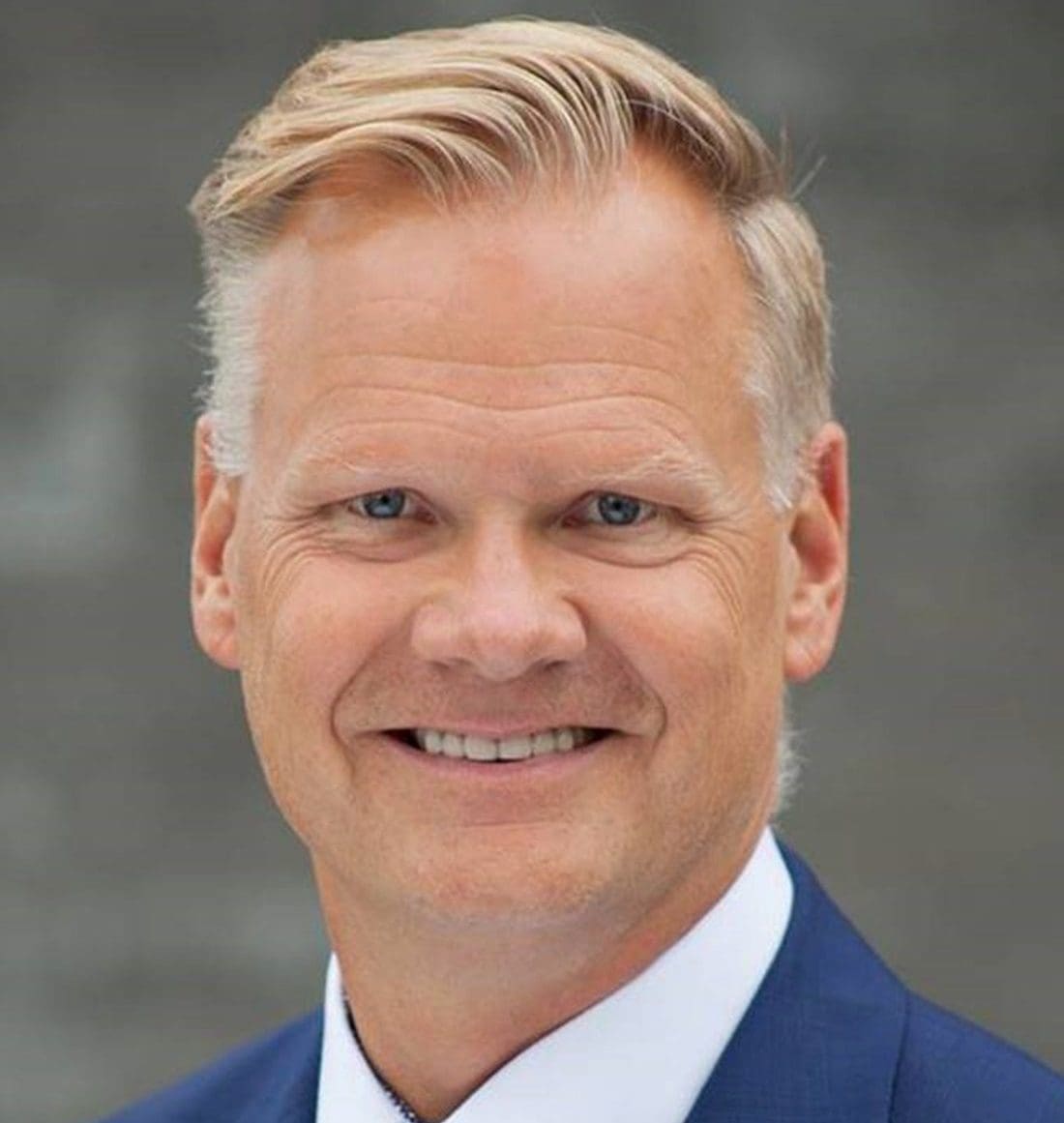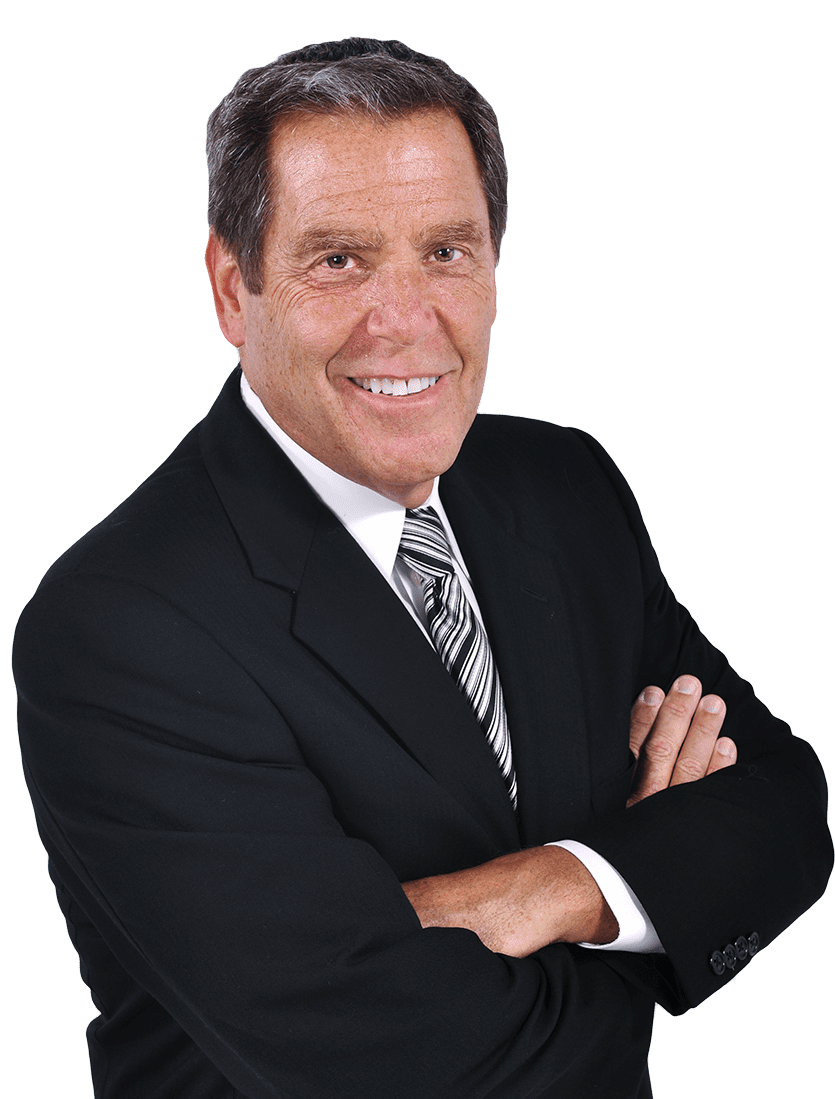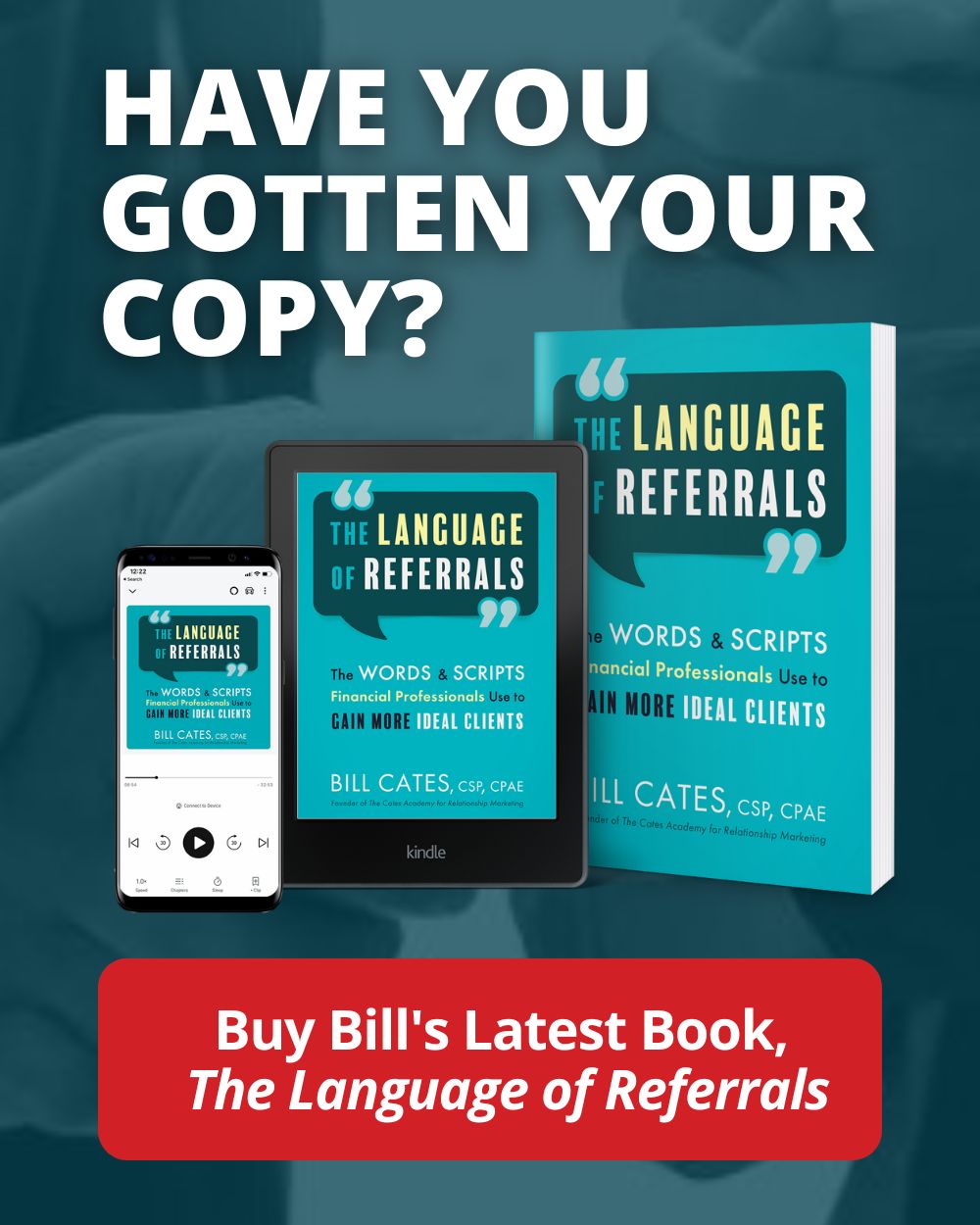Check Out Bill Cates’ NEW Top Advisor Podcast™
Interviews with Top Advisors for Top Advisors!
Top Advisor Podcast™
Ep. #16 – Financial Advisor New Client Onboarding Process: How to Deliver a “Wow” Experience with Rod Gibbings, CFP®
Having a very specific financial advisor new client onboarding process can get your relationship off to a great start – help them feel good about choosing you and create referrals early in the new relationship.
In this episode, Referral Coach Bill Cates is joined by Rod Gibbings CFP®, senior executive financial consultant with Gibbings and Associates Private Wealth Management. Rod discusses how he uses his proprietary Transition Navigator financial advisor new client onboarding process to deliver a wow experience. He also shares how he produces a regular flow of video messages to boost client engagement, gain new clients, and acquire more assets to manage.
Want More Top Advisor Podcast Episodes? CLICK HERE!
–
Rod discusses:
- Why he created the Transition Navigator for his new client onboarding process.
- How he gets many great referrals within the first six months of a new relationship.
- What prompted him to start recording videos to send to his clients and prospects
- His amazingly simple production process for recording his videos.
Resources:
- Radical Relevance by Bill Cates
- Related Podcast Interview: Bryan Sweet’s 90-Day Dazzle Client Onboarding
Connect With Bill Cates:
-
Show Transcript
Welcome to the Top Advisor Podcast brought to you by ProudMouth’s PodRocket Academy. I’m your host, Bill Cates, creator of the Cates Academy for Relationshhip Marketing. In each episode, I interview one of our industries top performers, getting them to pass on their secrets to success to you. So that you can impact more lives and generate more income. Now onto the show.
BILL: Today’s show is going to feature one top advisor covering two strategies that I think you’ll find interesting and helpful. One area of emphasis in my relationship marketing system is how advisors onboard their new clients, how you further both the value connection, and personal connection with your new clients.
So part one of this interview with today’s guest will be about your onboarding process. And as you already know, more and more advisors are turning to the use of video, sending bulk videos to their prospects and their clients, as well as posting different types of videos on their websites. So part two of today’s show will focus on how today’s guest is producing a regular flow of video messages to boost client engagement, gain new clients and acquire more assets to manage.
So without further ado, our guest today is Rod Gibbings from Kelowna, British Columbia. That’s in Canada for my geographically impaired American friends. I met Rod several years ago at one of his company’s conferences where I spoke and we stayed in touch ever since.
Rod has put his team through our video based training course, and we make it a point to speak every few months. Rod is one of the top of the top advisors in his company. Rod Gibbings, CFP, welcome to Top Advisor Podcast.
ROD: Yay. Thanks Bill.
BILL: Great to have you with us. So before we get to the topic at hand, I’d like you to provide a bit of context to everyone listening.
If you could please just give us a brief glimpse into your business, staff, just to give a feel for the structure, et cetera.
ROD: Yeah, sure Bill. We’re financial planning for more than anything else. So we build financial plans, which means we talk about estate planning, wills. Of course, we also talk about insurance planning, retirement planning, which is really a core.
And our town is a small city of 150,000 people. Full of mostly retirees and the area is really quite affluent. It’s really wonderful for our business to be here because we can add a lot of value in order to do a really efficient job with our clients, we have to build a wonderful team and I’ve been blessed to have some wonderful individuals around us.
And we built a team of specialists more than anything. So I have some associate advisors that help out with the planning for the clients. I have a specialist that help builds our financial plans. I have a relationship managers. I also have a manager that helps us in the estate planning and the insurance side as well.
BILL: So you’ve created something that has really captured my interest called the transition navigator. What is it? And why did you create it?
ROD: That was after a wonderful discussion with you Bill, as we are sort of going back and forth about how do you build an ideal client right off the hopper. And we all want ideal clients and we want our clients to only refer to us ideal clients.
And there’s two parts to that equation. One is that our current clients have to know what we consider to be an ideal client. And that includes them knowing that they’re an ideal client. So they recognize it. But what I always felt was that there was a time lag between when you onboard a client and approve it to them, stage.
So you have to prove that you’re doing what you say you’re going to do. You have to prove that there’s results. Like we talked about before they would feel comfortable giving an ideal client referral. And I would say that that was more of an internal thought than a reality. And through your discussion with us or with me, I thought, how do I speed that process up?
How do I build the client to have to become a raving fan before we’ve actually even done anything yet. And that was the essence of the transition navigator.
BILL: And so it’s your onboarding process essentially?
ROD: Right, right.
BILL: And, uh, I know you told me that when someone is transferring assets, for instance, there’s a lag period. And sometimes they’ll feel a little anxious, a little uncertainty. Did they choose the ride right firm, is it going to go as smoothly as possible? So tell me a little more, what goes into this transition navigator? What are some of the components, some of the things that you and your staff are doing.
ROD: Naturally, whenever somebody signs papers to become part of your practice they’ve already bought in, right. They’ve already decided that you’re the right person to help them to reach their goals and their dreams for the long term. But there is an element of, I don’t know, fear is the right word, but there is an element of uncomfortableness from the minute they sign the paper, even if you’ve told them over and over again, that everything will be fine.
And that there is a lag period, but they can’t help, but think, “Who’s watching my assets, who’s actually taking care of this?.” Am I going to be okay? What if the market crashes during that period of time, et cetera, et cetera. Natural things to think about. The problem is that most advisors don’t talk about that in advance.
So we built a system whereby, and it sounds as simple as this, but we certainly let the clients know that we will be talking with the other institution everyday. And that we will be talking to them not only every day, but we will be updating them as clients at a minimum of once a week. But every time anything happens or any news as it comes to us, we will be in contact with them so they never feel out of the loop. And that’s simple little statement and process itself establishes the credibility and ironically, the referrability that you need right off the start.
BILL: Hmm. So the benefit to them really is just a peace of mind, feeling a little more relaxed and good about what they’re doing and what you’re doing for them.
What are the benefits to you? And I mean, I could see how it enhances client engagement early, because I mean, I’ve spoken to some advisors, some that I’ve coached. Until we coached, you know, they they’d let like 30, 40, 60 days go by between signing papers and, and other contacts. So it increases the engagement.
Has it led to more referrals to introductions as it produced new clients? Has it produced assets? What is the benefit to you by these extra steps your taking?
ROD: Yeah. So part of the extra steps also are not just in the communication of that. It’s also the communication from the whole team. So along the way, we make sure that every one of our team members, for whatever reason, sometimes it’s not even what we would call a large reason, right? Everybody in our team will be in communication with that client or prospective client is their onboarding through the process. And the reason for that is because we want our clients, particularly our new clients to understand that they’re part of a team that they are not just part of Rod Gibbings and all of the people that go along with them, that they actually are starting to build the personal relationships that are so important that they can call in and speak to anybody.
And for the most part, our experience is that any prospective client that’s coming in has never had that feeling while that may have been true. They’ve never had the feeling of it. And as you know, and Bill and speaking with you is that when a client feels that, that itself is a value proposition, right? And that itself leads to having a value discussion.
BILL: And referrals come early in the relationship because of this, these added touches that you’ve put in?
ROD: Yeah, that’s right. So thank you. Yeah. For reminding me of the answer to the question.
BILL: Not a problem.
ROD: Yes. No question. We do get referrals from it. Um, we get referrals usually within the first six months, often we can get a referral actually right away, even before money has landed. And I can give you some examples of that last year, which we did talk about, but there was, you know, we onboarded last year in the neighborhood of 14 to 15 brand new clients, we transitioned about another 10 of those referrals off to other consultants that, because the clients were ont necessarily fitting our deal model, but we’d work with other consultants that we can bring them in on.
So, you know, in a pandemic world, I was pretty happy with them because they were ideal clients. Three of those were new clients that during the onboarding process, during the transition navigator checklist gave us referrals.
BILL: Were those unsolicited, they just like what you’re doing and say, Hey, I want you to talk to somebody.
Or did you ask?
ROD: Yeah. Unsolicited, because one of the things that I realized when you do a transition navigator, right? And again, this is a long checklist, but when you do it right. The clients are talking about it with their friends. What are you doing? You know what, in the middle of a pandemic, I’m actually switching the advisory firm that I’m dealing with moving to a financial planning company. And the advisor’s name is Rod Gibbings.
And I can’t believe what they’re doing. I’ve never felt more in control. I’ve never felt more involved. That’s what ends up happening. That becomes the value proposition to the prospective client, because it isn’t about ironically, it isn’t about how much tax savings or what kind of investment portfolio, or if you’re helping them review their wills and estate plan, they just make an assumption that you do that because you know, you’re a professional.
And if we’re hiring you as a professional, the assumption is that’s the stuff that you just know. So how do you create a position that puts them in a power, in a place of power where they feel very, very different. And that’s where we get the referrability from.
BILL: Yeah. Makes a lot of sense. So in a minute, I want to shift gears and talk to you about your increasing use of video.
But first let’s hear a quick word from the sponsor of the Top Advisor Podcast.
[SPONSOR MESSAGE] This podcast is sponsored by ProudMouth, the influence accelerators. It’s tough to be seen as an expert if you’re spending most of your time as a salesperson. That’s why we help industry experts like you spend less time selling and more time advising by turning you into trusted subject matter authority.
We help amplify your influence over a growing audience of magnetically attracted fans who will chase you down instead. Visit ProudMouth.com to learn more.
BILL: My guest today with me is Rod Gibbings from Kolona, British Columbia. So Rod let’s discuss your use of video. What made you decide to start recording and sending videos to your clients? Cause I know that’s a relatively new thing for you. What prompted it? What made you start doing it?
ROD: Yeah, it was a really challenging year for everybody from a communication point of view last year.
Right? So when you’re in a lockdown and your choices are Zoom or WebEx or whatever people use, right. Or teams or the phone, it makes it really challenging to reach out to every individual in your client base in a timely manner, because not only do you have a market event, Combined with an economic event, but you’ve thrown in something that nobody else has experienced, which is now a health event.
So if I were to talk about the top fears and people’s lives, I’m going to say economics, markets and health are going to be in the top. Well, combine them. And it’s very challenging. So I did a quick bit of math and I thought, okay, if I called every client and I spent 15 minutes with them on the phone, which is not a lot of time just to talk with them, see how they’re doing. And I did that seven days a week for 10 hours a day. It was going to take me well a month and a half.
Which means when I should have talked to people a month and a half previous, I couldn’t because I was calling others. So what I chose to do instead was to take the, take a step and try just using video.
Just create a video that just said, Hi. I would love to call each and every one of you individually, but the reality is this is just faster and it’s better. So what I’d like you to know is that we’re open for business, that our phones work, our email works. You can call me at any time, talk with us at any time we are working remotely, but at this point it is a scary time and I understand, and if you have concerns, just make sure you call. And that was really how I started doing that.
BILL: And then it evolved from there did it not?
ROD: Yeah. What evolved from that is that I sent out that very first email with that video. And I threw in a couple of other, you know, I didn’t want to talk about markets and history and that kind of thing, because in everybody’s mind, it was as unprecedented as you get.
And so, to me that would have been placating. Really what I wanted to talk to them is that we’re all in this together. And when I sent out that first video, you can see your reads, you know, and if I picked around, just pick the number of call it 350 emails, that went out, I actually don’t remember the number, but if I call it 350, what I found was there was about 390 views.
Of it viewings of the email, so, or the video. So either people watched it twice or what I was hoping was sharing it. So when I saw that, what I realized is that it wasn’t what I was saying. It’s that people saw me. You know, so hearing a voice is one thing, but when you actually see an individual who is now working at home, just like you are living at home, you know, with the kids and the dogs and all of the things and the challenges that everybody has, it created, um, it created a synergy and that in itself also helped create some referrability.
BILL: Hmm. So you’re saying that, sending these regular videos now has actually turned into new business, new clients or more assets or both?
ROD: No question. Yeah. So when I’m speaking with clients and I’m having meetings, I’m asking them if they’re watching the videos and how do they feel about them. And I say, you know, be honest and what most of them always say is, you know what, we love them now. We’re not watching all of them because we get busy.
And I said, that’s not the point. I said, I just want to know that, you know, you’re receiving them. And they said, we know it. And not only that. We share it. And that’s really what I talk about is that when we talk about growing a business, when we talk about the value propositions that we have, some of the, some of the best way of communicating softly is for our clients to do an email introduction, of course.
But now they can actually send a real video that I’ve just done for them.
BILL: So you’re actually encouraging them to do that. I mean, you’re having that conversation about when it is right to share you with other people, the value, you know, share one of the videos as well. You’re asking them to not keep you a secret in my vernacular.
ROD: You got it right.
BILL: Ah, interesting. So now these are all what I call one to many videos, only to your clients. Are any of these going out to prospects as well?
ROD: Yeah, they are. So I’m using them actually also for post-meeting now reviews because, you know, again, I don’t want to wear it too thin, but the reality is that I can speak a lot faster than I can type.
I don’t know what everybody else is like out there. There’s no question. That I can speak faster and with more clarity most of the time. So I’m actually doing videos and when it comes to a prospective client, I call them you know, and talk to them and let them know that I’m going to send them just a very quick, short introduction of ourselves.
Which is really just me talking. Right. And then with there also comes our team, you know, our team brochure and some of what it is that we do. And then we call to book the follow-up meeting.
BILL: So I’m just tracking this a little bit, all right, we’re in the middle of a pandemic, you want a way to get a message to everybody as quickly as you can, while you also reach out to one-on-one over time.
That goes out, well-received, you say all right, we’re onto something here. Let’s keep bringing value. Let’s keep the engagement going. And then that evolves a little more now using the video to one one-on-one videos. Like if it’s a, follow-up from a meeting with a client, right? So this keeps evolving a little bit and you’re using a little bit more and it’s turning into the new business, which is of course, one of the reasons my podcast exists, how do we turn all these gre things people are doing into, into new business?
So would it be safe to say that, first of all, there is a tangible ROI coming to you from doing all this and how this evolved?
ROD: Correct. I think the other side of the coin on this too, Bill is that there’s also client retention. And when people are feeling unease, that’s when they’re open and vulnerable to some other message.
And I would say the other thing that I learned is in a pandemic, the number one thing everybody said is “I don’t get to see anybody.” Wow. You know what? You just got to see me good or bad. You know, everybody says, I have a face for radio, but you know, good or bad there you are right. Speaking to them. And you’re creating another level of connectivity and people remember it, Bill. They just, they remember it.
BILL: I think it’d be safe to say that this is one of those things that was kind of born of necessity during the pandemic that now you realize this was good. I could have been doing this all along. And I am going to keep doing this all along, even when the pandemic ends, fair enough.
ROD: A hundred percent.
BILL: Yeah. So tell us just real quick, cause I know people often ask me about the production, how you do this? I don’t want to get too deep in the weeds with this, but what does your production look like? What do you do when you sit down to record one of these videos? Is it complicated? Is it pretty simple?
ROD: Yeah. My production boy, is it complicated? It’s me, this camera, a software and in a room with a piano in it. I don’t know if the camera’s on and you can see. There’s so many different companies, you can subscribe to that will just do a video, but you can actually record it and you can edit it if you like. You can create backgrounds, that kind of thing. And I do not know how to do most of that. I mean, from a technological point of view, that is just not what I do well, and I think part of that is keeping it raw.
Now I can re-record the videos. I can overlap them. I can mesh them. I can do all that. But I think authenticity is the best. We’re not looking for perfection. What we’re looking for is authenticity. So I do make a quick note. I do make very quick highlights of what I wanted to talk about in the video. And of course, once you write it, you typically remember it.
I keep them minute and a half, two minutes max. No more than that. Right. Because again, from attention span and I just, again, I find it very easy and I get a tremendous amount of feedback.
BILL: Right. I have at least one more question for you, but first I understand that you have a question for me.
ROD: Yeah, Bill is we’ve been talking, you know, I was thinking about the pandemic again, and part of us telling our job is always to tell stories and anecdotes, but, you know, in your opinion, is it still okay to tell these kinds of stories, because they’re typically pre pandemic kind of stuff. And if so, how would you structure that? Or what is it that you would recommend in the structure of those stories that could help people feel better today?
BILL: Yeah, first of all, I think stories are important. And when I say stories, usually I’m thinking shorter stories, more anecdotes.
Sometimes I call them mini or minute case studies because when I work with advisors on how to talk about it, their value. This is what we do. This is who we serve. This is what makes us different. Sometimes we use jargon. We don’t even realize sometimes what we say is kind of clear, but not a hundred percent clear.
And then if we find ourselves using the term, for example, that’s what brings it to life. When I was writing my book, Radical Relevance, I learned that the brain actually listens to stories even little bitty stories differently. Then it listens to other things that we may be talking about. So very powerful to use story anecdotes, case studies, obviously the more relevant, the better. If it’s a pre-pandemic story, but it’s still relevant to what you’re doing and what the client wants in his or her life then it certainly doesn’t really matter whether it’s pre-pandemic or not.
But since you asked, let me give you the little formula. So this is the formula for any case study, but this can also work in a mini case study or as I like to call it minute case study, because it really should take about a minute or two to tell.
And so it’s essentially what was the circumstance? What was the problem? Circumstance, situation, problem could be an opportunity. They don’t want to miss an opportunity or it could be a problem that needs solving. They kind of go hand in hand. And then what was the client feeling about it?
All right. So situation, problem, what’s the client feeling about it? And then the solution. What did we do about it and result. Now sometimes the result doesn’t bear fruit for awhile. So the result may be just how the client felt about the solution. And so what was the solutions /result and then how did the client feel?
So you’ll notice I’m putting how the client felt two times in this, because this is what your prospects and clients can relate to in the story. They relate to the feeling that the main character, your client, is having even more so than the circumstances. All those circumstances can play a factor.
So just to summarize it. Situation/ problem, how’s the client or prospect feeling about it? Solution/ result, how’s the prospect client feeling about that?
And that can be told in often a minute, two minutes, it’s a classic story formula because you have a main character, you have a problem, and then you have the problem resolved and happy ending a ride off to the sunset. So, great question. I appreciate you asking.
So Rod, I want you to reflect over the last 12 months or so give or take what’s one thing that you’ve learned about your business or about the industry, or even about yourself over the last year. Meaning how has Rod Gibbings grown over the last year?
ROD: I would say, you know, first of all, Bill, that’s a very insightful question and you’re the king of asking insightful questions. So thank you.
The last year. Unless somebody was living in a different world than I was. You looked inside a lot. You looked inside your life, you looked inside your business, you looked inside your relationships. And I’m hoping that you came up with a positive score across the board. And one of the things that I would say was that, it wasn’t necessarily an insight, but it was an awareness was how deeply connected I have become with our clients compared to where I was before. Now if you had asked me 15 months ago Bill, was I connected to our clients, I’d say, “Yeah”. Our Gallop scores were high, our client engagement was high, but it’s increased dramatically since then, which because I have become more engaged with our clients and made it more personal through just like the things we’ve talked about today.
Transition navigators, video. And I’ve really enjoyed it and I don’t want it to go backwards. I want to make sure that I keep that engagement really high.
BILL: That’s great. Our guest today has been CFP Rod Gibbings, another top advisor for top advisors. Thanks for stopping by.
ROD: Thanks Bill.
BILL: Thank you for listening to the Top Advisor Podcast brought to you by ProudMouth’s PodRocket Academy. I encourage you to visit my website ReferralCoach.com for links to my books, courses, and online tools and to register for the Cates Academy.
About Our Guest

As a Certified Financial Planner professional, Rod Gibbings provides sound financial advice and support for high net worth families and retirees. He specializes in the areas of intergenerational wealth transfer, comprehensive estate and retiree income planning. His philosophy is simple: “put people and service first.”
Connect With Rod Gibbings:
![]()
Never Miss an Episode!
Click below to subscribe on your favorite podcasting platform.
P.S. Don’t keep Top Advisor Podcast a secret … share with a friend or colleague!
Click Here to Subscribe Tell a Friend

About Your Host
Bill Cates, CSP, CPAE, works with established financial advisors to speed up their growth without increasing their marketing budget. Advisors tap into Bill’s proven process to multiply their best clients through introductions from advocates and Centers of Influence (such as CPAs and attorneys), communicate their value proposition more effectively, and create a reputation in a profitable target market. Bill helps advisors move from push prospecting to magnetic marketing – to attract more Right Fit Clients™.
Bill is the author of four best-selling books, Get More Referrals Now, Don’t Keep Me a Secret, Beyond Referrals, and Radical Relevance. Bill is a highly sought-after international speaker and coach, as well as the founder of The Cates Academy for Relationship Marketing™.
Do you know someone Bill should interview (including yourself)?
Do you have a topic you’d like to see covered?
Contact Bill Cates directly: BillCates@ReferralCoach.com








